HRW urges closure of "polluted camps"
Human Rights Watch has called on Kosovo’s authorities and international donors to close down temporary camps housing Roma, that are polluted with lead.
Wednesday, 24.06.2009.
10:49

Human Rights Watch has called on Kosovo’s authorities and international donors to close down temporary camps housing Roma, that are polluted with lead. “The Kosovo authorities, together with international donors, must work on closing settlements for displaced Roma that are polluted with lead, and provide them with the relevant medical treatment,” states the NGO’s report. HRW urges closure of "polluted camps" The 68-page report, entitled “Kosovo: Poisoned by Lead: A Health and Human Rights Crisis in Mitrovica’s Roma Camps”, recounts a story of a whole decade of failures by the UN and other international organizations to provide adequate lodging and medical treatment for Roma, and the devastating repercussions for people’s health in the camps. “Roma have been forced to stay in these poisoned camps for a whole decade,” say the organization’s researchers, asking how long “UN and Kosovo officials would tolerate something like this if their own families were forced to live in such a place.” The Roma settlement in Kosovska Mitrovica in northern Kosovo, the report adds, was attacked by Albanians in June 1999, and by June 24, the Roma settlement had been looted and razed to the ground, with 8,000 residents forced to flee. The UN moved many of them to camps in a very polluted zone near a former lead mine. This was originally intended as a temporary measure, but around 670 Roma continue to inhabit the camps, which has had drastic consequences for their health. HRW explains that, despite the well-known high levels of toxicity in the region around the former Trepce mine, which the UN first documented in 2000, all but one of the temporary camps are in the mine’s immediate vicinity. There is another camp situated in Leposavic, 45 km to the north-west. The camps’ locations and sub-standard living conditions in them are having a severe impact on the health of inhabitants, especially children, who are more susceptible to the effects of long-term exposure to lead, the report states. Tests for lead poisoning and Chelation therapy (designed to remove lead from blood) were conducted on a number of occasions between 2004 and 2007, focusing on children. “In 2007, the UN mission decided to suspend medical treatment, while testing was stopped after wrongly assuming that the Roma would soon be moved out of the camps and that it was no longer necessary. Subsequent testing sought by camp residents, performed by the hospital in northern Mitrovica, showed that certain children continued to have a dangerously high level of lead in their blood,” HRW warns. Excessive levels of lead in the human body can result in damage to the nervous and reproductive systems, and to kidney failure. Lead is particularly harmful to children as it can lead to irreparable brain damage.
HRW urges closure of "polluted camps"
The 68-page report, entitled “Kosovo: Poisoned by Lead: A Health and Human Rights Crisis in Mitrovica’s Roma Camps”, recounts a story of a whole decade of failures by the UN and other international organizations to provide adequate lodging and medical treatment for Roma, and the devastating repercussions for people’s health in the camps.“Roma have been forced to stay in these poisoned camps for a whole decade,” say the organization’s researchers, asking how long “UN and Kosovo officials would tolerate something like this if their own families were forced to live in such a place.”
The Roma settlement in Kosovska Mitrovica in northern Kosovo, the report adds, was attacked by Albanians in June 1999, and by June 24, the Roma settlement had been looted and razed to the ground, with 8,000 residents forced to flee.
The UN moved many of them to camps in a very polluted zone near a former lead mine.
This was originally intended as a temporary measure, but around 670 Roma continue to inhabit the camps, which has had drastic consequences for their health.
HRW explains that, despite the well-known high levels of toxicity in the region around the former Trepče mine, which the UN first documented in 2000, all but one of the temporary camps are in the mine’s immediate vicinity.
There is another camp situated in Leposavić, 45 km to the north-west.
The camps’ locations and sub-standard living conditions in them are having a severe impact on the health of inhabitants, especially children, who are more susceptible to the effects of long-term exposure to lead, the report states.
Tests for lead poisoning and Chelation therapy (designed to remove lead from blood) were conducted on a number of occasions between 2004 and 2007, focusing on children.
“In 2007, the UN mission decided to suspend medical treatment, while testing was stopped after wrongly assuming that the Roma would soon be moved out of the camps and that it was no longer necessary. Subsequent testing sought by camp residents, performed by the hospital in northern Mitrovica, showed that certain children continued to have a dangerously high level of lead in their blood,” HRW warns.
Excessive levels of lead in the human body can result in damage to the nervous and reproductive systems, and to kidney failure. Lead is particularly harmful to children as it can lead to irreparable brain damage.



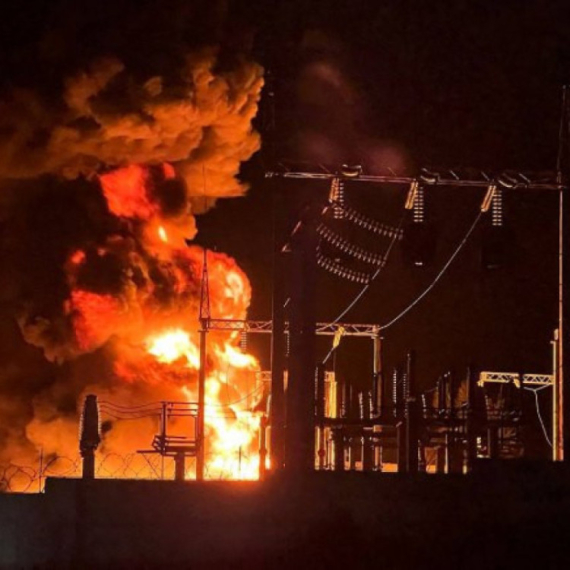
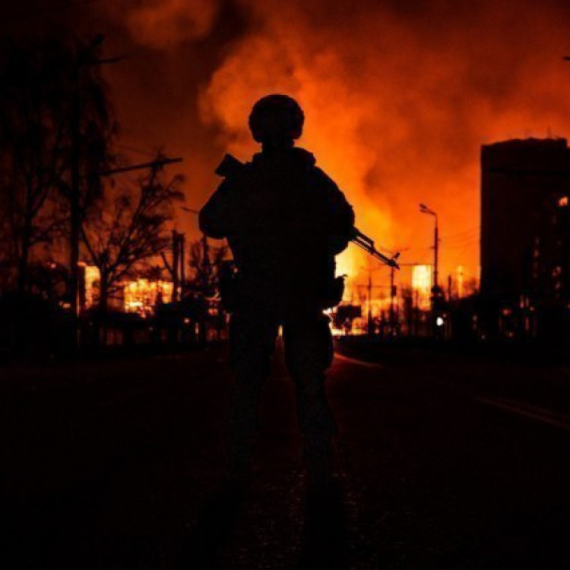











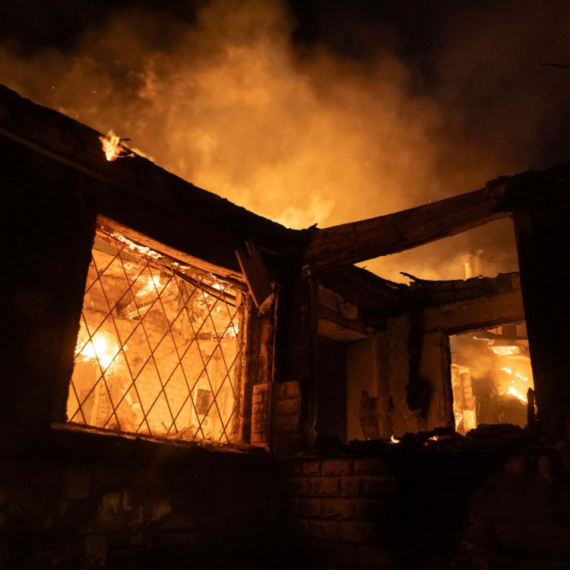
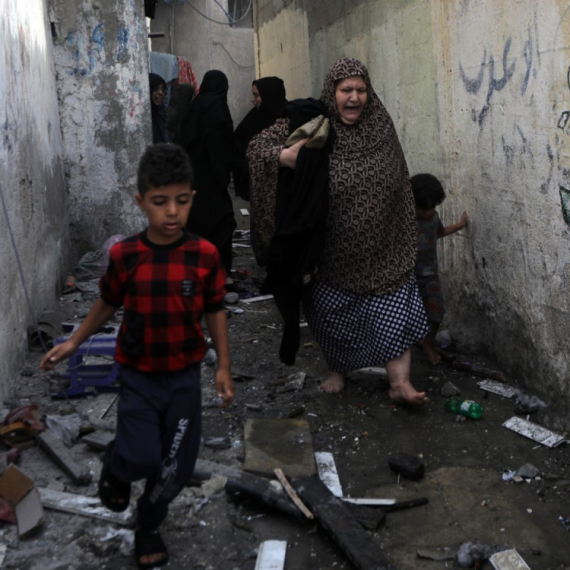





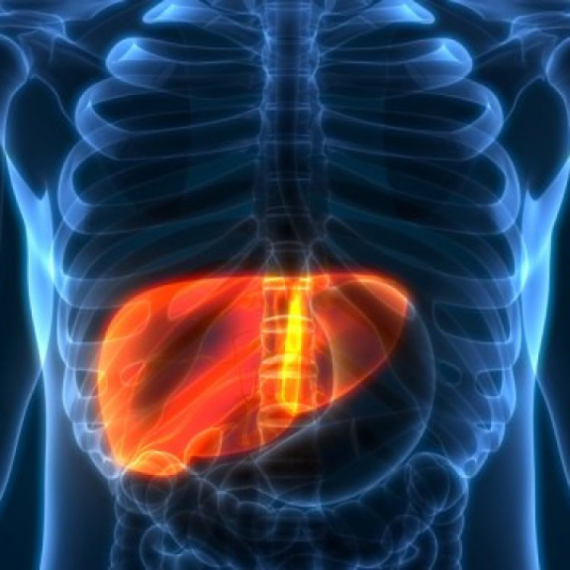


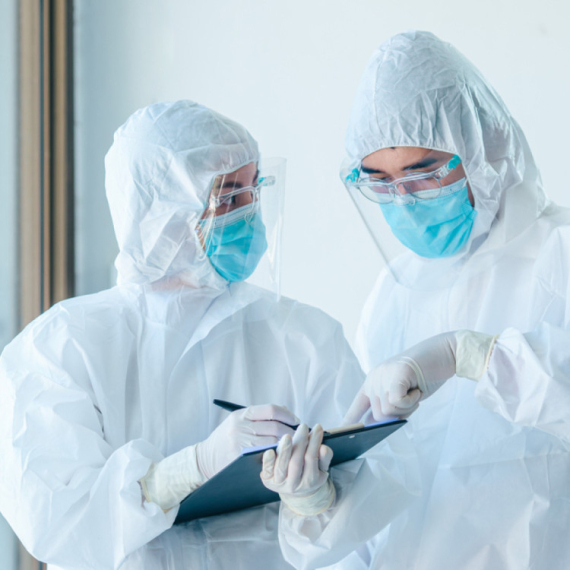













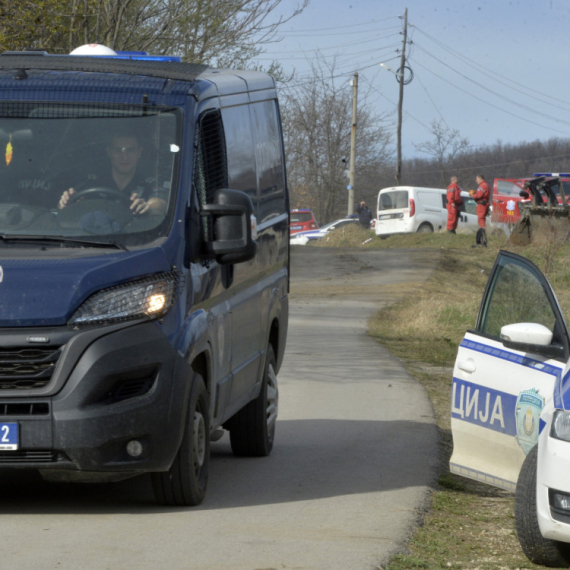




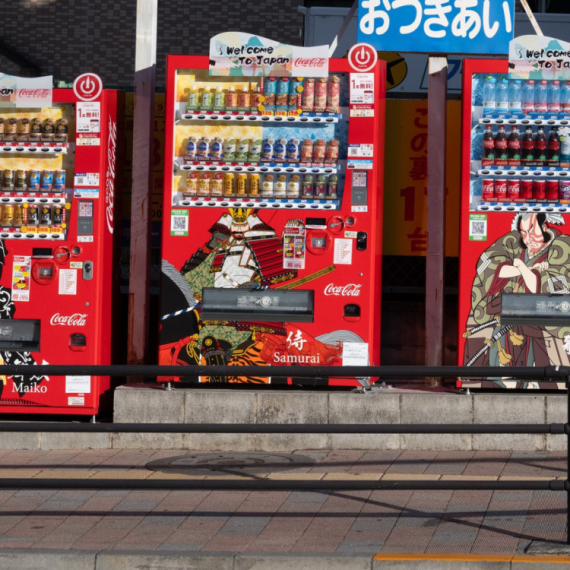








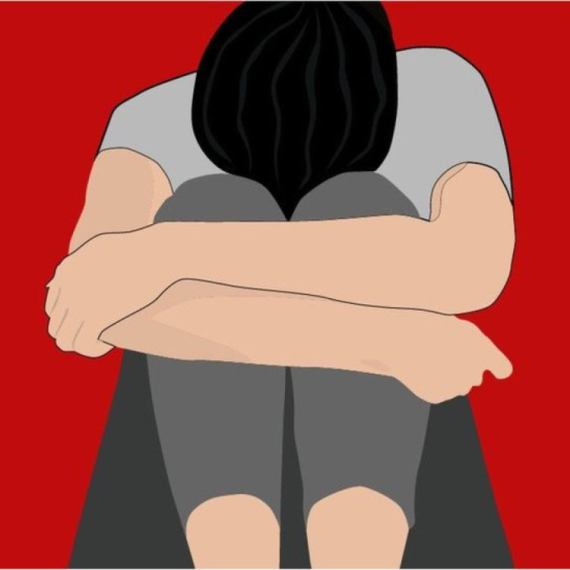
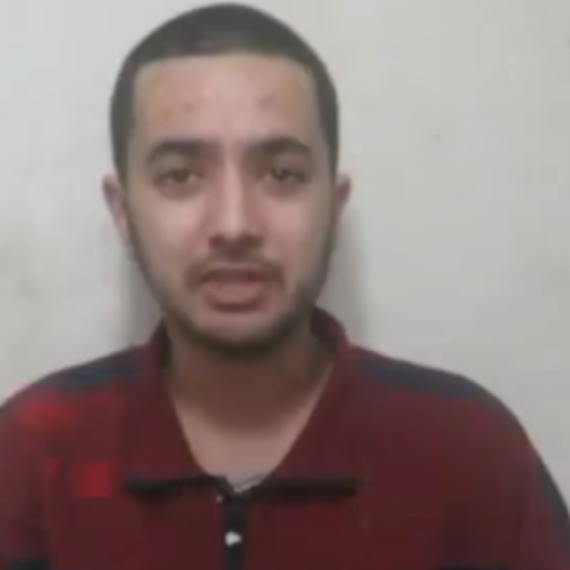
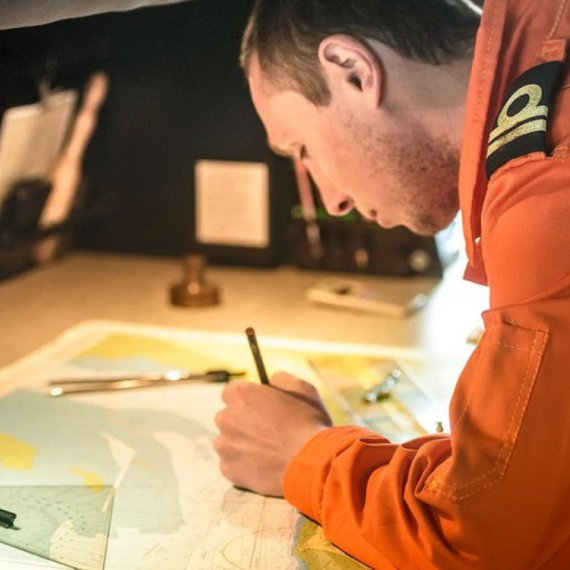


Komentari 17
Pogledaj komentare